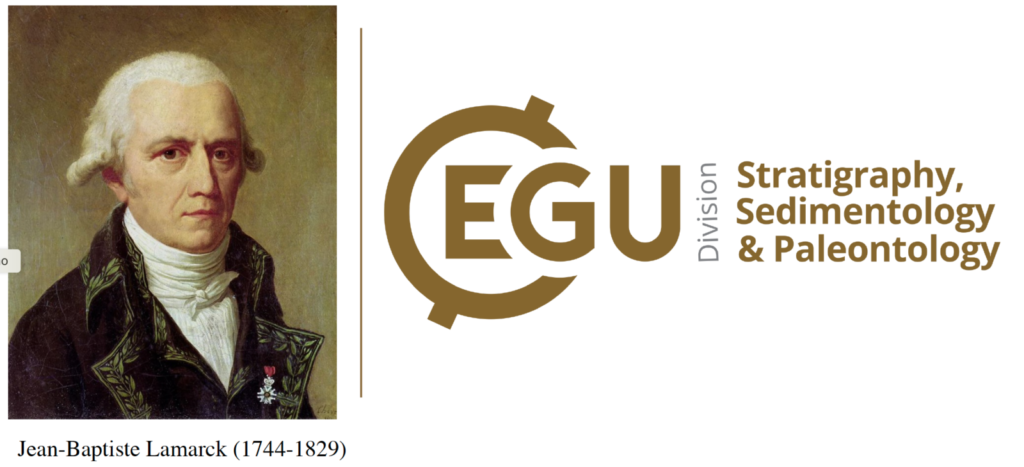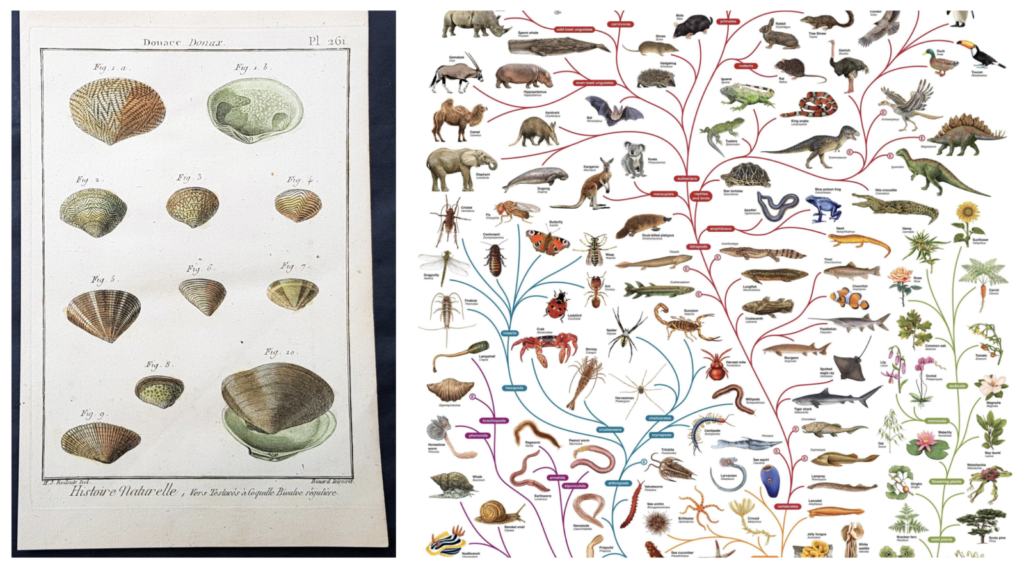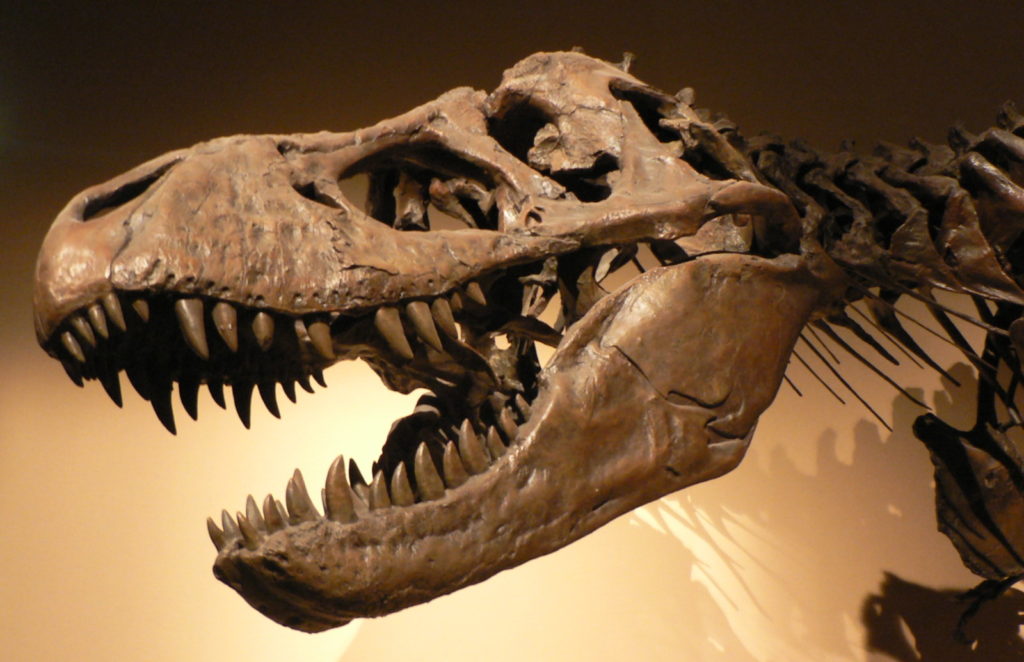Every year, the Stratigraphy, Sedimentology and Paleontology Division awards one scientist for their outstanding contribution to stratigraphy, sedimentology or paleontology with the Lamarck medal in recognition of the scientific achievements of Jean-Baptiste Lamarck (Bazentin-le-Petit, 1-02-1744 – Paris, 18-12-1829). It was the 11 May 1800 when Jean Baptiste Lamarck presented a lecture at the Muséum national d’histoire naturelle in which he first outlined his newly developing ideas about evolution.
Two key words appear in the pioneering work of Lamarck, Philosophie Zoologique, to explain the proposed theory of inheritance of acquired characteristics. These words are adaptation and inheritance. The EGU General Assembly 2020 is about starting and several diverse sessions will see paleontologists, stratigraphers and sedimentologists presenting their ultimate research achievements and interacting with experts of other disciplines. But is it the modern research in geology adapting? And, if so, is it doing it by taking into account the “inheritance of acquired characteristics”?
At the time of Lamarck, the scientists who made big revolutions in the common knowledge proposing new theories at the base of the modern world, had an open approach to the scientific research and used the knowledge from different disciplines to build up their revolutionary ideas, quite often against the tide. What about modern geoscientists? One lesson we can learn from the fossil record and Lamarck itself, is that specialization can be a favorable factor for the development of one species but, often, this makes the species less resilient to environmental changes!
It is nice to think that special occasions, such as the the next EGU meeting, are ideal for scientists involved in several disciplines becoming more and more focalized not to loose the wider view, meet and share the knowledge to aim at new outstanding discoveries, without forgetting the inheritance left from the past scientific community which should not become a vestigial organ.




